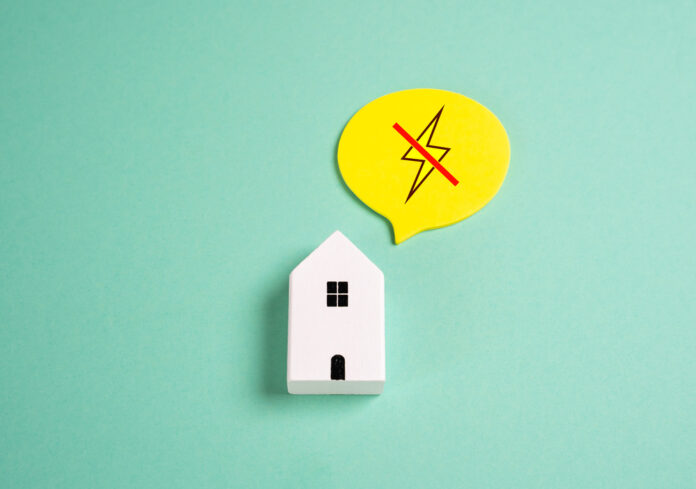The nature of the modern world is such that power outages are no longer just minor inconveniences. Without power, we cannot get much done at home or at work. So if you live in an area that sees frequent power outages, especially if they can last a while, investing in a generator might not be a bad idea.
A generator provides emergency power until the lights come back on. Consumers have plenty of choices in everything from manufacturer to style to power source and price. Below are the three main categories of home power generators along with the most pertinent details.
1. Portable Generator
The one type of generator almost everyone is familiar with is the portable generator. Most are gasoline powered but manufacturers do make dual-fuel portable generators that can run on either gasoline or propane. They are preferred by homeowners because they are cost-effective.
On the positive side, portable generators require no permanent installation. They are flexible and can be moved around your property with ease. They do require manual setup and connection. Also, they are best suited for short-term outages and limited power consumption.
On the flip side, portable generators can be loud and somewhat annoying over long periods of time. They also need regular refueling. Finally, power output is limited compared to standby generators.
2. Standby Generator
A standby generator, also known as a whole home generator, is intended to be more of a long-term power source when the electricity is out for an extended amount of time. These are heavy-duty units installed by professionals, like SameDay out of Salt Lake City, Utah.
SameDay says that standby generators are installed on the exterior of a home and connected directly to the home’s electrical system with an automatic transfer switch. When mains power goes out, the switch automatically turns the generator on.
Standby generators also run on fossil fuel. Natural gas and propane are the two most common options. However, gasoline and diesel are possible as well, though both options require manual refueling.
A standby generator should put out enough power to keep an entire home going. At 10-18kW, they offer plenty of juice. The downside is that they are expensive. A typical standby generator can run anywhere from $3,500 to $6,000. Installation costs extra. Visit Same day for more information.
3. Solar Generator
The new kid on the block is the solar generator. Calling one of these units a generator is not entirely accurate. A solar generator is really just a battery pack charged by the sun. Most units can also be charged via a standard AC outlet.
Their main advantage is that they provide quiet, clean energy. If the sun is shining, you can charge a solar generator just by placing it outdoors in direct sunlight. In anticipation of an event that might knock out the power, it is smart to charge a solar generator with AC power.
As you might imagine, the big downside of this option is capacity. A typical solar unit will keep a refrigerator going or power medical equipment. It is not going to put out enough electricity to keep your HVAC system running or power all your electronics.
Before investing in an emergency generator, figure out what you want to accomplish and how much you are willing to spend. For most people, a gas or dual-fuel portable generator is the comfortable middle ground that offers a nice balance between output and budget. If you want higher capacity and are willing to spend more, a standby generator could be the ticket. You will spend less on solar but get less capacity.

